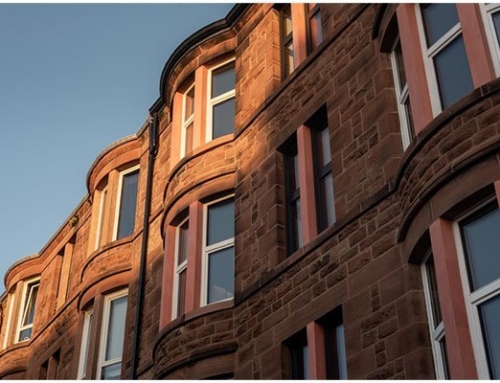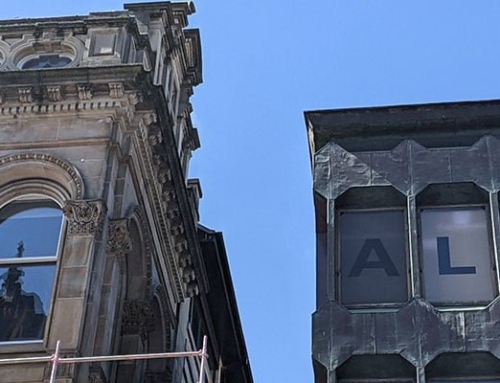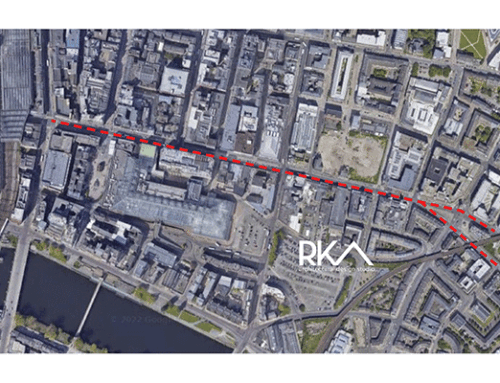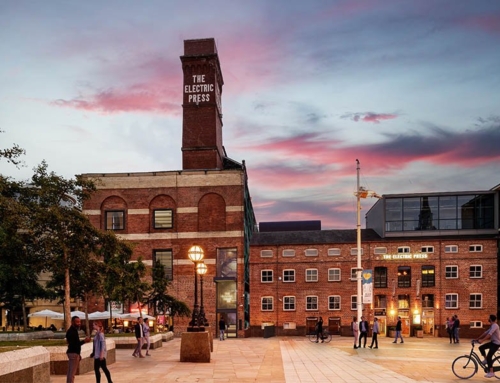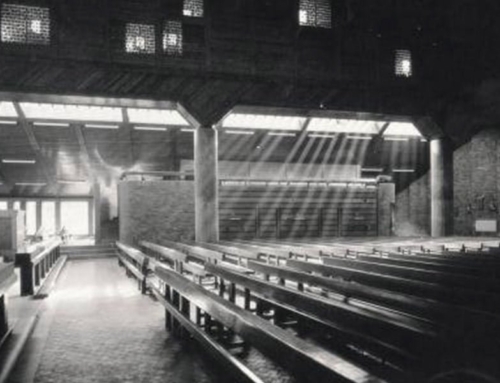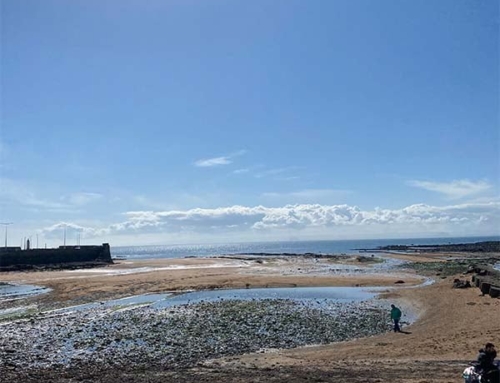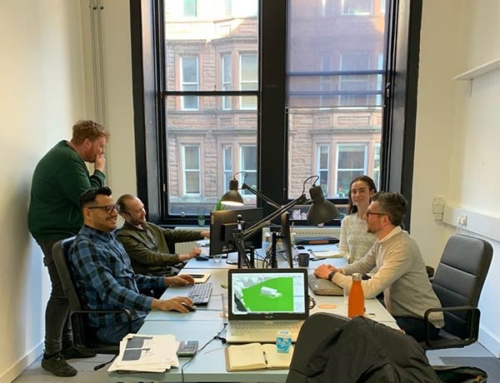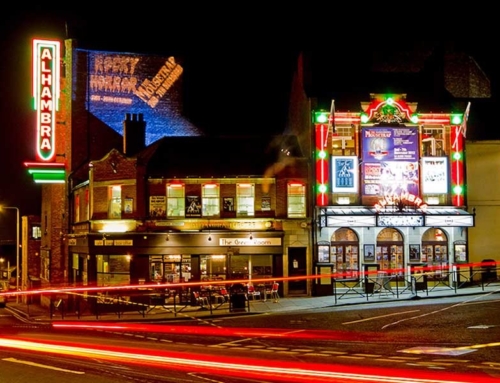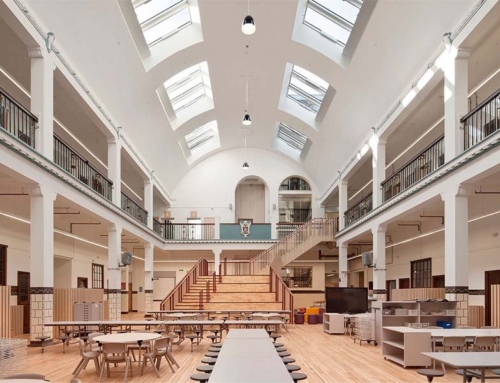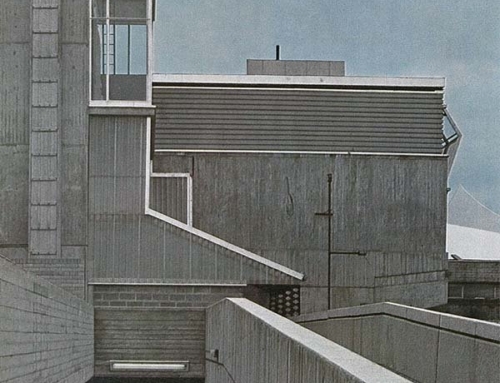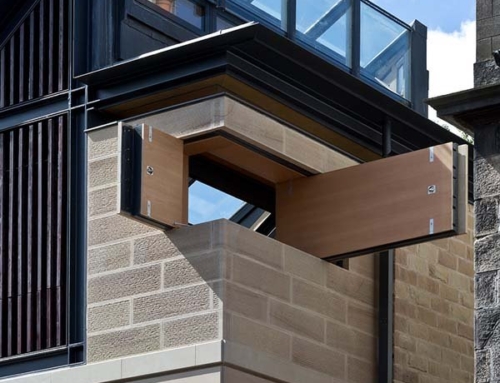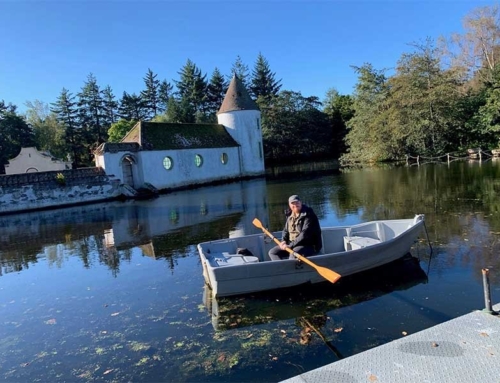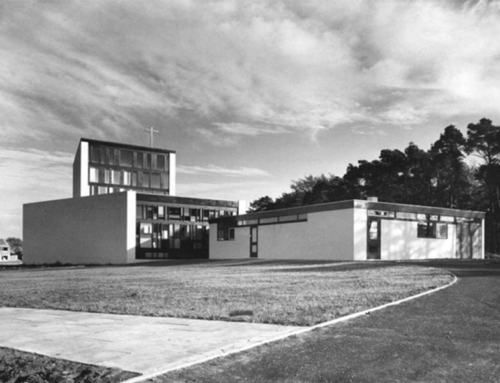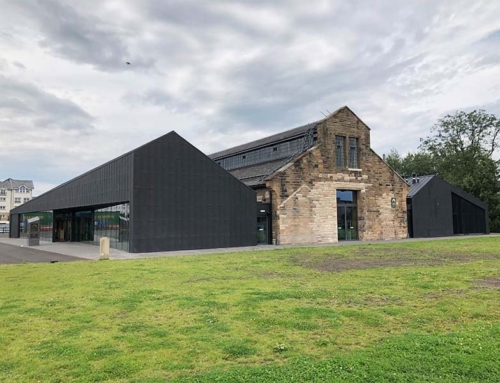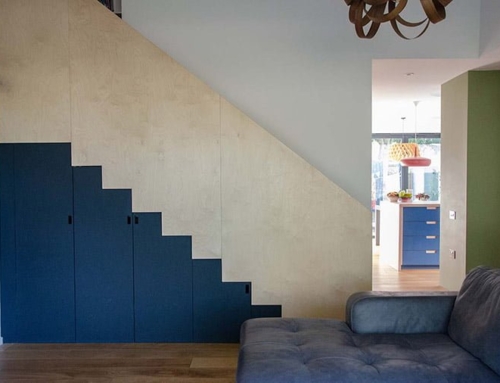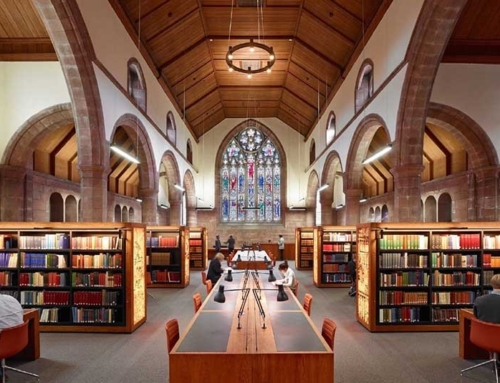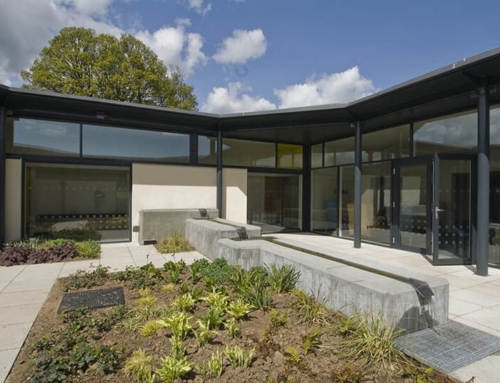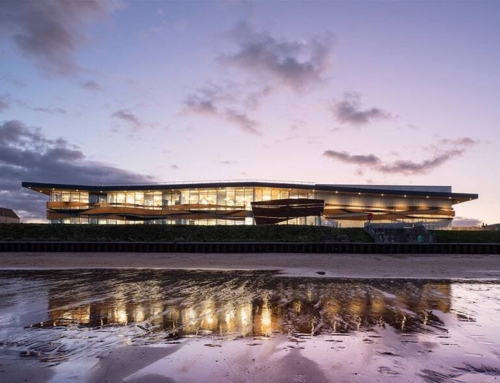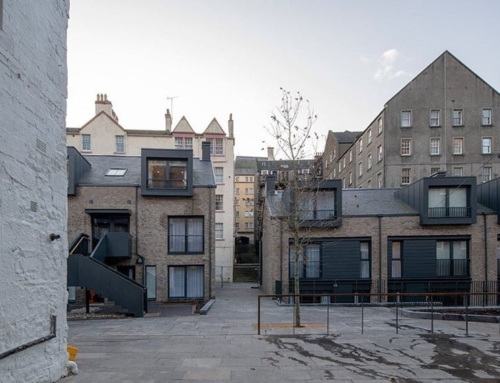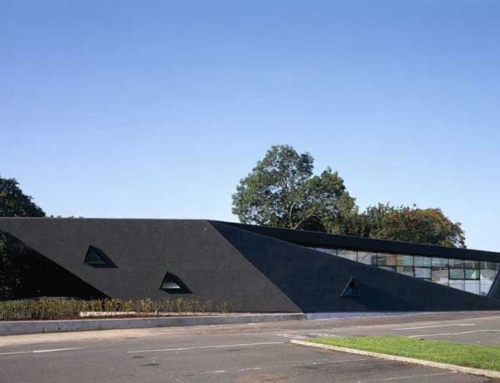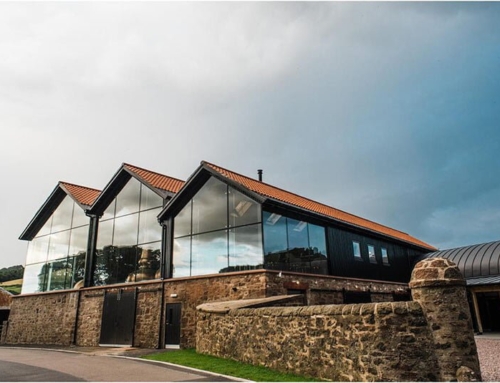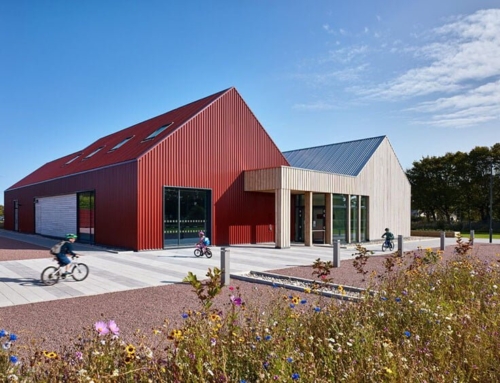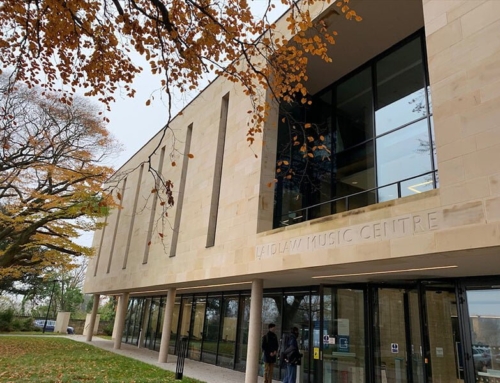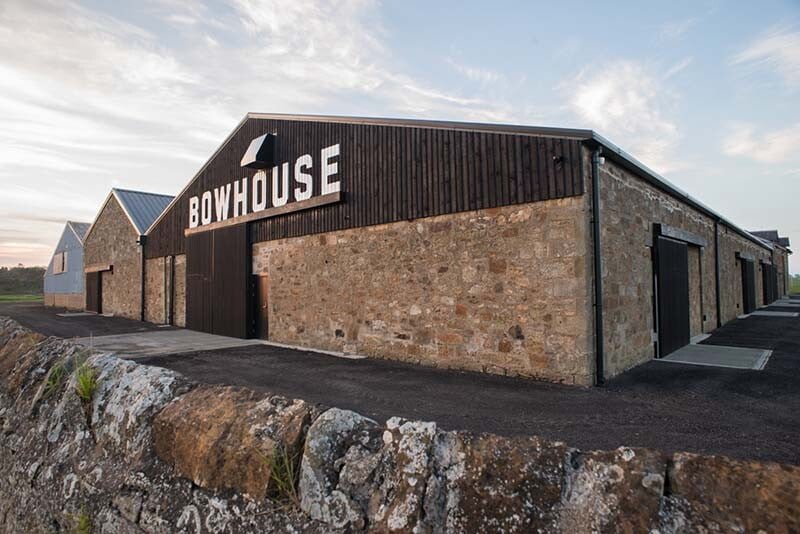
Blog: Bowhouse
Architect – Konishi Gaffney Architects
Bowhouse is situated within the Balcaskie Estate, between Elie and St Monans on the East Neuk of Fife. The East Neuk is made up of a string of ancient fishing villages and harbours that are surrounding by adjacent farmland. The main industry of the East Neuk was historically fishing, though this has declined for a number of these harbours, the area is still renowned for the quality of fish and seafood.
The East Neuk produces some of the finest raw ingredients because of the wealth of agricultural and rural land. Some of these ingredients include malting barley, beef and lamb, wheat, oilseed rape, potatoes, broccoli, fruits and game. Bowhouse identified that most of this produce leaves the land of the East Neuk for the central belt of Scotland and further afield without reaching the local homes or restaurants of the area. Bowhouse aims to break this pattern by making it easier for the local community to connect with the local growers and producers.
To house this idea, the project by Konishi Gaffney Architects was for the regeneration and conversion of an existing farm steading to accommodate local ‘start up’ and ‘scale up’ businesses to engage with the community on a regular basis in a dedicated premises. The project was split in to three phases with the first being completed in 2017. The first phase set up 6 commercial food production units, a brewery and a market hall that dedicates a monthly food showcasing. The second phase provides additional production units, a café and a fitness centre and the third phase accommodates a glazed atrium that will provide a spill out space for the café and additional events space.
The importance of ‘shopping local’ and strengthening community bonds has become even more apparent over the horrible events of the past 18 or so months. Bowhouse provides an interesting and sustainable model that further strengthens these bonds in a time where communities need to heal and unify once more.
I am interested to see if other remote and rural areas would be willing to replicate similar models around the rest of Scotland and will keep a close eye on the development of the second and third phases of the Bowhouse project.


